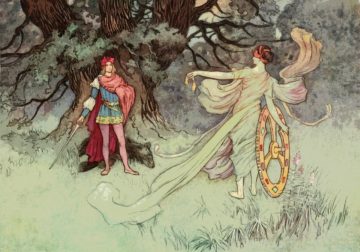Jonathan Gottschall in Quillette:
 In the mid-2000s I set out, along with my colleagues Joseph Carroll, John Johnson, and Dan Kruger, on a large-scale study of classic Victorian novels by such authors as Jane Austen, George Eliot, and Charles Dickens, among many others. We distributed a survey to hundreds of knowledgeable people—professors, graduate students taking courses on Victorian literature, and authors who had published articles or books in the field. The respondents rated the attributes of characters in the novels exactly as if these fictional people were actual people.
In the mid-2000s I set out, along with my colleagues Joseph Carroll, John Johnson, and Dan Kruger, on a large-scale study of classic Victorian novels by such authors as Jane Austen, George Eliot, and Charles Dickens, among many others. We distributed a survey to hundreds of knowledgeable people—professors, graduate students taking courses on Victorian literature, and authors who had published articles or books in the field. The respondents rated the attributes of characters in the novels exactly as if these fictional people were actual people.
We wrote up the results in our book, Graphing Jane Austen: The Evolutionary Basis of Literary Meaning. The main finding had to do with something we called agonistic structure, which we took to be a fundamental structural element of storytelling in much the same way that roofs are fundamental to houses. For all the variety in these novels, for all the differences in personality and gender and background of authors stretching over a century, they made strikingly similar choices regarding characterization. As a whole, Victorian novels reflect a sharply polarized fictional universe of good people (the protagonists and their allies) and bad people (the antagonists and their allies) locked in conflict. Overwhelmingly, protagonists looked to cooperate and work toward the common good while antagonists sought to dominate for selfish ends.
More here.
